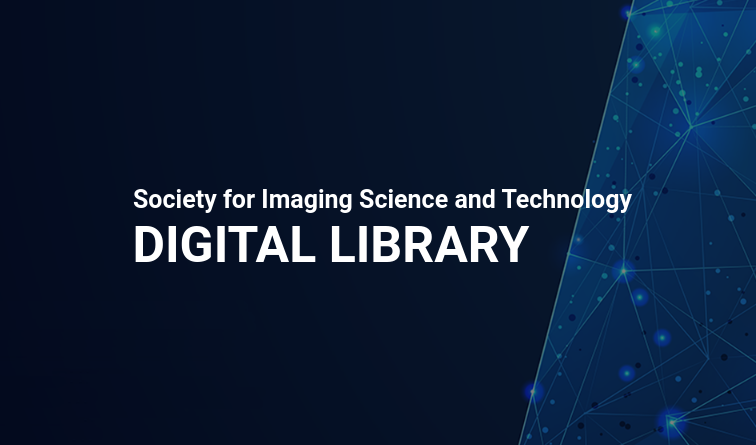
Interest in the application of ink jet technology for digital fabrication and manufacturing has experienced major growth in recent years. In addition to printing on packaging and manufactured goods, ink jet offers an amazingly broad range of adaptability in the areas of passive and active electronics, biomedicine, pharmacology, micro-optics, stereo-lithography and many others limited only by our imaginations. The process of adapting ink jet to an industrial application can be a mysterious and daunting task to most developers and end users. Although there are consultants to help with getting started and integrators to help implement the processes, there is often a significant body of work that needs to be completed prior to specifying production equipment. As a result, there are a growing number of general development tools to help materials developers and end users to choose the correct materials and processes for a given application. Materials selection and process optimization is paramount to the success of any ink jet project. The purpose of this paper is to explain which measurable parameters are important and how the tools used to measure these parameters can help the developer or end user obtain a reliable and repeatable result for their application.
Ross N. Mills, William F. Demyanovich, "Materials and Process Development for Digital Fabrication Using Ink Jet Technology" in Proc. IS&T Digital Fabrication Conf., 2005, pp 8 - 12, https://doi.org/10.2352/ISSN.2169-4451.2005.21.2.art00006_3
